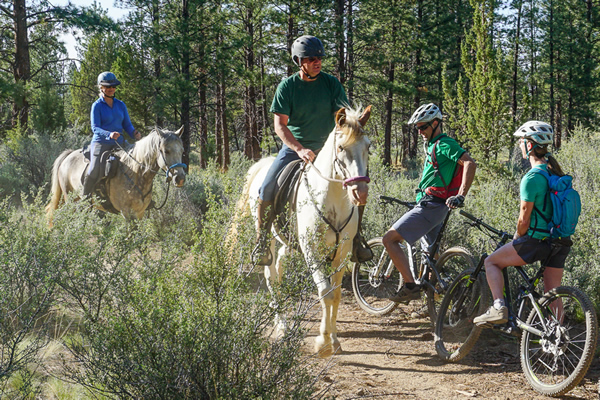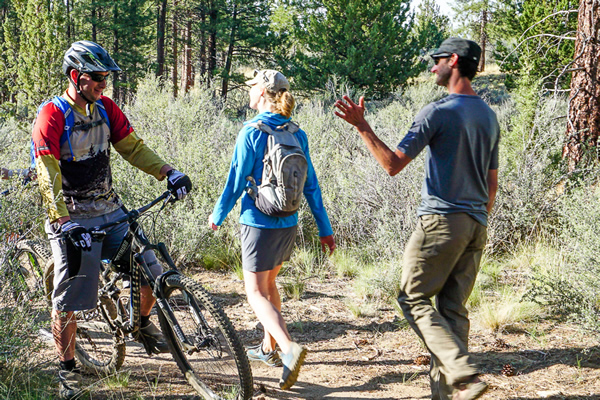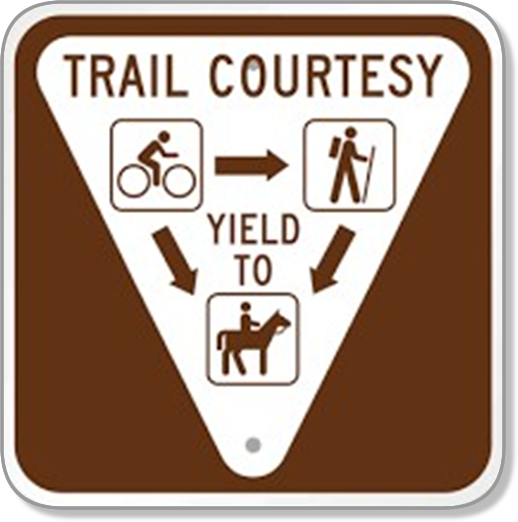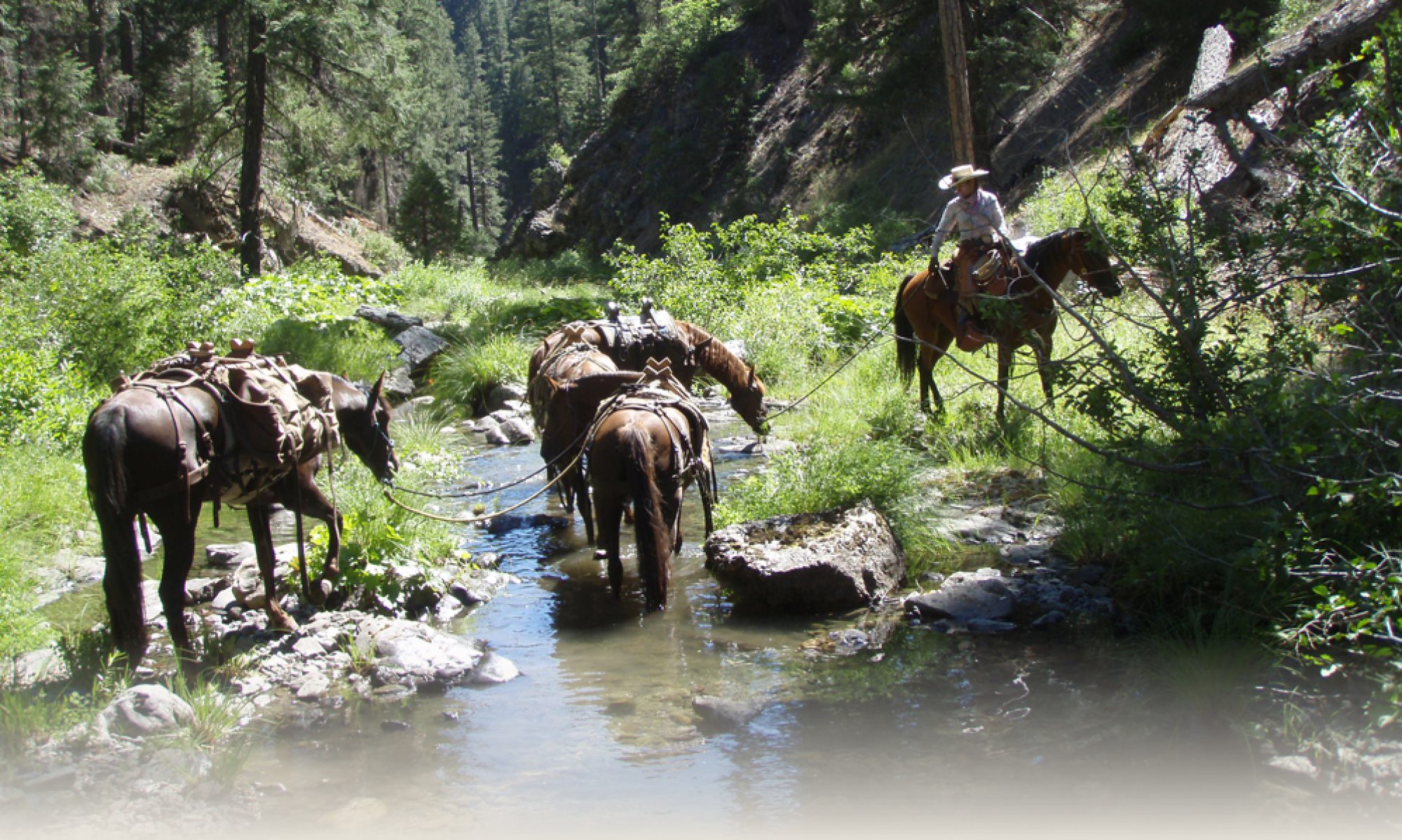BCHA, BCHI and its chapters are Supporters of the Trails are Common Ground Program.
Being a proud sponsor of the new national Trails are Common Ground program. No matter our differences in backgrounds or how we choose to enjoy the great outdoors, trails create common ground that connects us. Access to trails is a privilege we acknowledge and can only safeguard through our actions toward one another. Meeting other people on the trail can be a good experience…or a bad one – Expect to see others on the trail – Respect their right to be there – Be friendly You can make the trails a nicer place to be!
The new national program Trails are Common Ground is an educational program aimed at educating the public on proper trail etiquette when meeting other trail users on our public trails. The BCHA Trails are Common Ground brochure can be downloaded and printed to place at businesses that sell or rent trail related equipment, public agency offices and your favorite trail head.
Trail Etiquette –
Know Before You Go

Did you know?
The horse is a prey animal that is programmed to react quickly when startled.
Noises, sudden movements, and unfamiliar shapes can startle a horse and unseat the rider.
To maintain control, the rider must react before the horse does.
Horses generally do not kick, but it’s best to keep 6 feet away.
A horse has great hearing and peripheral vision, which allows him to see things behind before the rider does.
Keep calm around the horse and speak to the rider so everyone stays safe.
Trail etiquette rules enhance safety for everyone.
GUIDELINES FOR BICYCLISTS ENCOUNTERING HORSES ON THE TRAIL
Pull to the downhill side of the trail far enough for horses to pass as soon as you see them.
Speak to the rider in a friendly relaxed tone.
When approaching horses from behind, stop, call ahead and make yourself known to the rider. Ask them if it is ok to pass.
Horsemen may pull to the side of the trail if they hear a bicycle coming but this does not necessarily mean it is safe to ride by. Stop and wait for instructions from the horseman.
If you ride by a horse, do so at a slow, steady pace and avoid making any sudden movements or sounds that may startle the horse.

COMMON COURTESY
Respect all trail restrictions and use only trails open to your mode of transportation.
When traveling on shared-use trails, continually watch for other types of recreationalists.
Slow down when sight lines are poor.
Keep your ears open- no earbuds. Listening to headphones or earbuds will make it difficult to hear other recreationalists.
Keep pets always leashed and under control.
STOP – SPEAK – SMILE

Hiker and trail runners should always stop and step to the downhill side of the trail.
Speak to the rider in a relaxed tone, asking if it is ok to pass.
Keep dogs on a short leash and keep well away from the horse’s hind legs.
No matter our differences in backgrounds or how we choose to enjoy the great outdoors, trails create common ground that connects us. Treating each other with kindness in how we share the trails and interact with each other is more important than it has ever been.
Did you know?
The horse is a prey animal that is programmed to react quickly when startled.
Noises, sudden movements, and unfamiliar shapes can startle a horse and unseat the rider.
To maintain control, the rider must react before the horse does.
Horses generally do not kick, but it’s best to keep 6 feet away.
A horse has great hearing and peripheral vision, which allows him to see things behind before the rider does.
Keep calm around the horse and speak to the rider so everyone stays safe.
Trail etiquette rules enhance safety for everyone.
Who Yields? Trail courtesy says:
- Hikers yield to horses.
- Bikes yield to both hikers and horses.
- Downhill bikes yield to uphill bikes.

GUIDELINES FOR EQUESTRIANS ON SHARED TRAILS
Be alert and aware of other trail users. If possible, pull to the side of the trail when you hear them.
Less experienced horses and riders should ride between the more trail-wise horses.
Be prepared to let other trail users know what needs to be done to keep everyone safe when you meet on the trail.
At trailheads, secure horses safely and clean up all manure. Try to take it back home, if possible.
